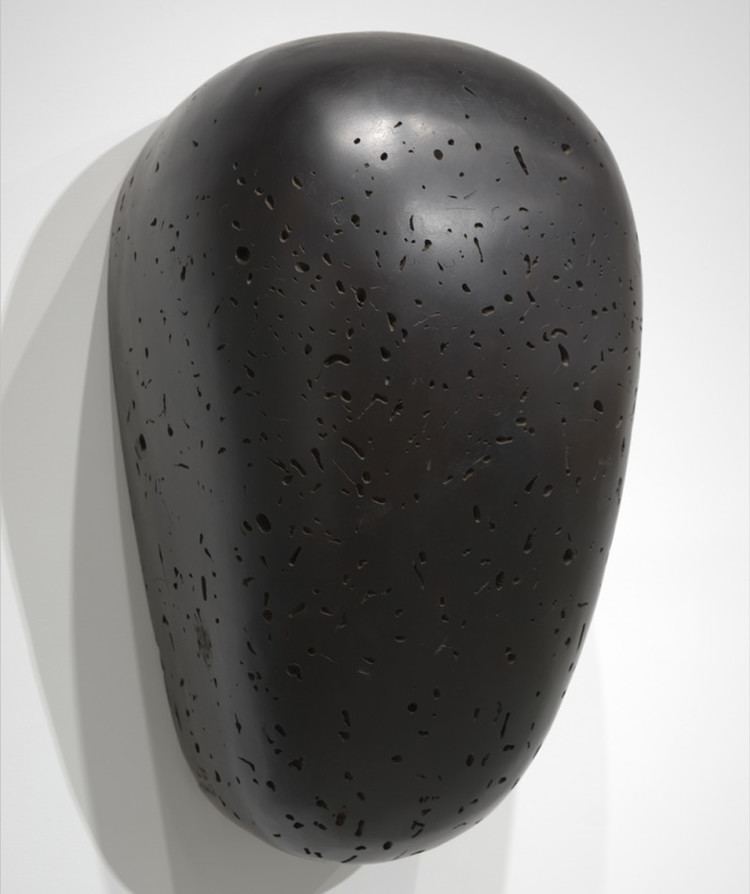Known for Painting, sculpture Website www.hiroyukihamada.com | Name Hiroyuki Hamada Role Artist | |
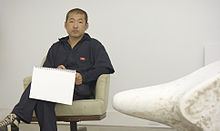 | ||
Born March 21, 1968 (age 57) ( 1968-03-21 ) | ||
The universal language of hiroyuki hamada
Hiroyuki Hamada (born March 21, 1968, in Tokyo) is a Japanese born sculptor based in the United States.
Contents
- The universal language of hiroyuki hamada
- Biography
- Techniques and aesthetics
- Grants and awards
- Solo exhibitions
- Selected group exhibitions
- References
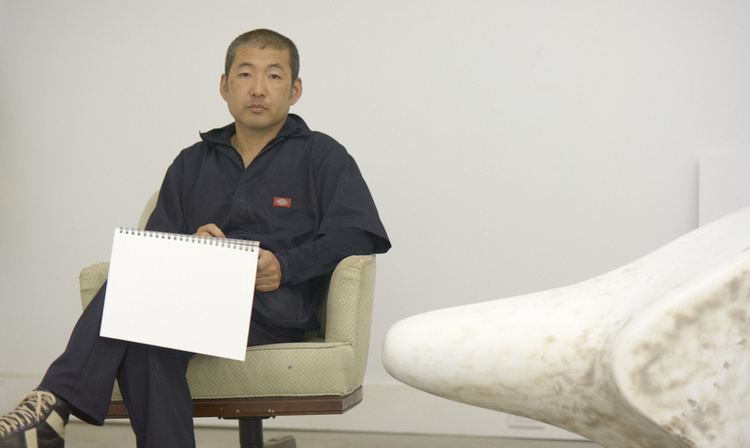
He is represented by Lori Bookstein Fine Art, New York.
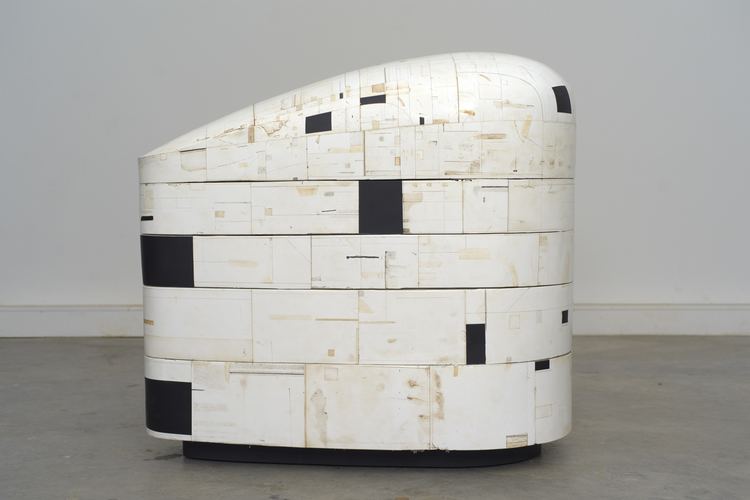
Biography
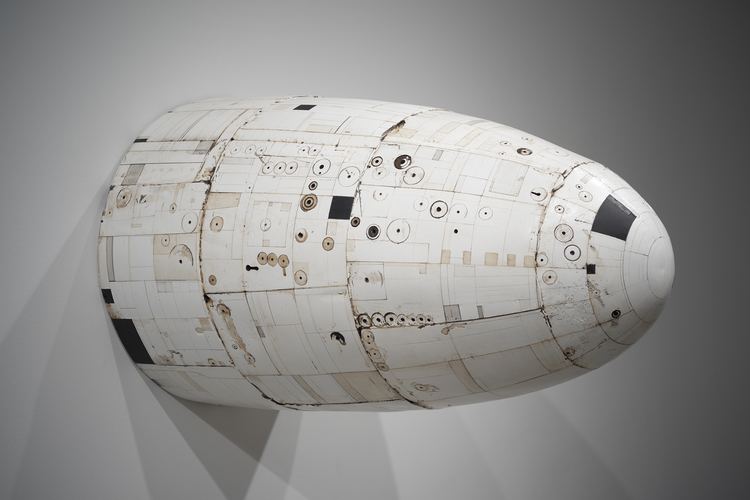
Hiroyuki Hamada grew up in Japan until the age of eighteen, then moved with his family to Wheeling, West Virginia where his father held a temporary post in the steel industry; the culture shock Hamada experienced was underscored by the linguistic gap, and it was through the study of drawing while in college that Hamada found an outlet to bridge the gap. He changed his major from psychology to studio art, then went on to earn a Masters in Fine Art from the University of Maryland.
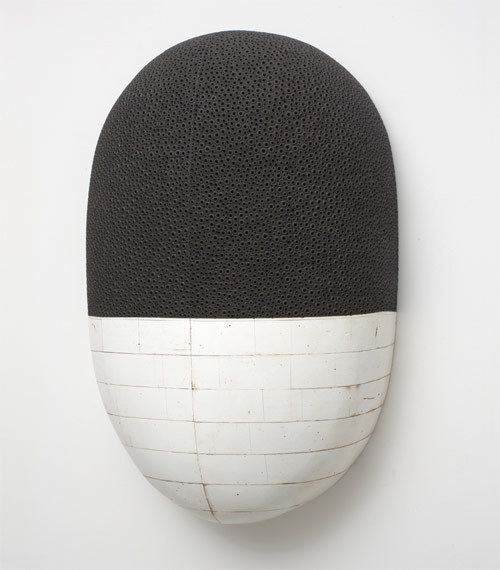
Hamada has been awarded residencies at the Provincetown Fine Arts Work Center, the Edward F. Albee Foundation/William Flanagan Memorial Creative Person's Center, the Skowhegan School of Painting and Sculpture, the MacDowell Colony, Studios Midwest in Illinois, and the Virginia Center of the Creative Arts. In 1998, Hamada was the recipient of a Pollock-Krasner Foundation grant, and in 2009 he was awarded a New York Foundation for the Arts Fellowship. The artist lives and works in East Hampton, New York.
Techniques and aesthetics
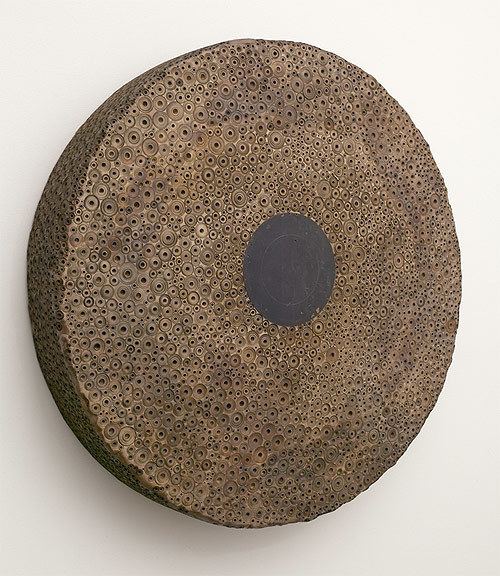
Hiroyuki Hamada is distinguished for achieving extraordinary effects of spatial depth through a time consuming, meticulous process. In his 2007 foreword to an exhibition catalog (Hiroyuki Hamada; Pierre Menard gallery), Edward Albee points out "the tough power and the 'here I am, as I am' quality of the work."
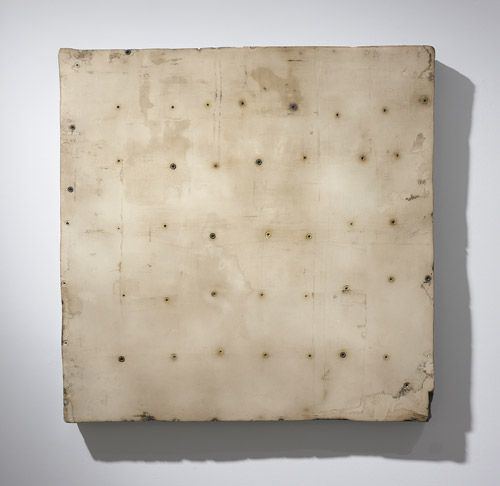
Hamada transforms non-art materials, enamel, tar, wax, burlap, plastic, into powerful artistic forms, and arranges those industrial and even brutal materials in gentle, smooth shapes. Surfaces are "richly textured", often marked by sectioning. Cited in Art: A Brief History for his contribution to "new ideas in traditional materials," Stokstad notes, "There is an archetypal quality to his elemental sculptural forms.They seem strange but at the same time hauntingly familier, remaining open to a variety of viewer associations." The output is a series of non-representational artworks, named by numbers in a sequence. "As an artist he tries to ignore outside references, preferring instead for his work to come from a truly interior space. His artwork is a product of the mind, unburdened by the need to think in real world images".
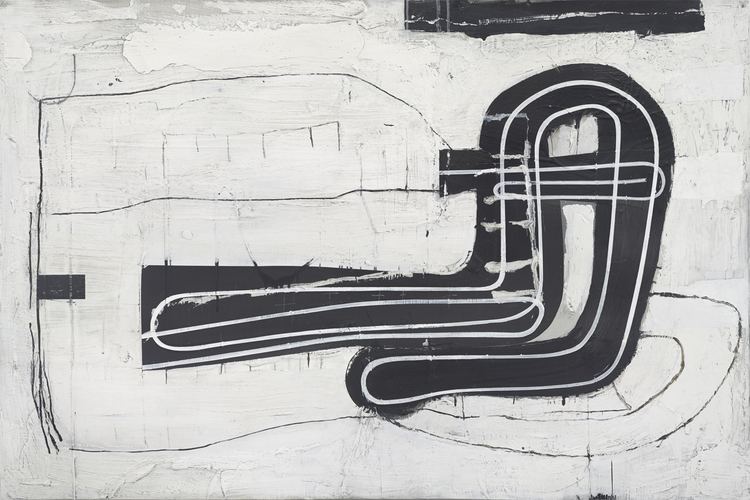
By objectivizing the idea through two different techniques, painting and sculpture, two opposite fields, Hamada comes to a sort of hegelian synthesis, where the "stream of time" is itself objectivized within a universal form. Hamada refuses labels, but it seems to be unavoidable not to catch in his figures his Japanese background. The black and white chromatism of some of his works is reminiscent of Japanese calligraphy, and the smoothed dark texture of other pieces recalls an inkstone. Some others that take the shape of a holed circle call to mind the ensō, and all the more so because of the semantics characterizing Hamada's output, which lie in a pre-linguistic world.
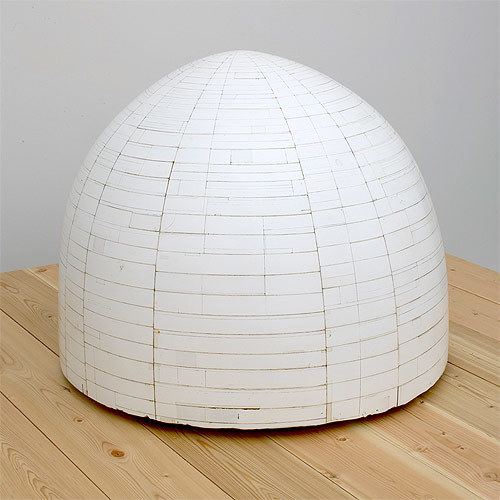
An inspiration to the designer Damir Doma for his fall/winter 2011 collection, Hamada's works were shown at the opening of L'Atelier Damir Doma Boutique Éphémère. Referring to Hamada's #55 the designer said, "I adore this piece of art for its timelessness. It's hard to define the time and the place it's coming from. There is no clear reference to the piece but I believe it explains my work. I'm creating classics through repetition of shapes and textures."
Grants and awards
